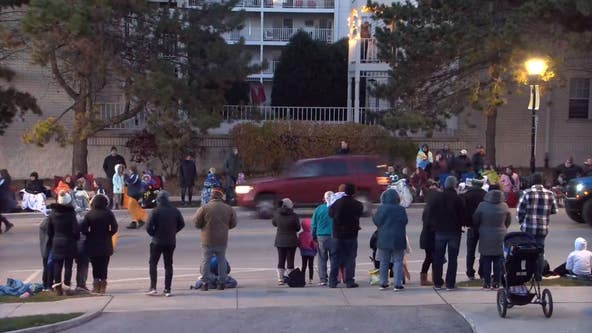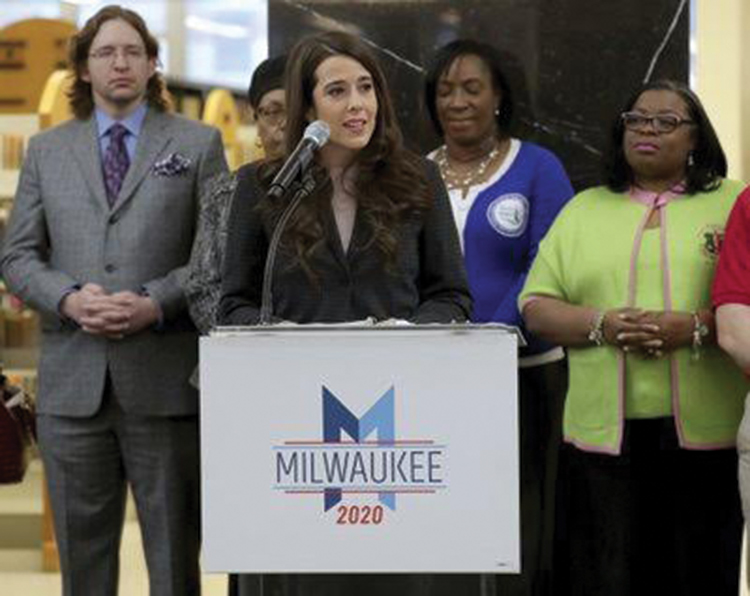MADISON, Wis. — According to the Associated Press, Everyone knows Wisconsin will be in the spotlight for the presidential race in 2020. It’s one of just a few states where the electorate is so evenly divided, it could swing either way. That is the biggest prize on the ballot this year, but it’s far from the only contest for Wisconsin voters. Here are the highlights of what’s on Wisconsin’s political horizon in 2020:
Presidential Race
Wisconsin will be the focus of the presidential race all year. President Donald Trump won Wisconsin by fewer than 23,000 votes in 2016 and both sides expect another close race. Wisconsin is one of just a few states expected to be competitive and for that reason, many expect it to be the epicenter of the fight for the White House. Democrats will get a chance to vote for their nominee on April 7. With a large field and unsettled race, many expect it to still be undecided for Wisconsin’s primary. Milwaukee hosts the Democratic National Convention in July and both sides are expected to flood the state with money — and candidate appearances — before the November election.
Supreme Court
Wisconsin elects its Supreme Court justices and one of them who was appointed by then-Gov. Scott Walker, a Republican, is up for election in April. Dan Kelly was appointed in 2016 and now he’s running for a full 10-year term. He’s part of the current 5-2 conservative majority on the court. If he wins, that majority will not change. But if one of two liberal candidates prevail, the conservative hold on the court will drop to 4-3. Dane County Circuit Judge Jill Karofsky and Marquette University law professor Ed Fallone have Democratic support in the race. A Feb. 18 primary will narrow the field to two candidates. The winner will be elected on April 7. That is the same day as Wisconsin’s presidential primary, when Democratic turnout is expected to be high. That could spell trouble for Kelly.
Legislature
Everyone in the state Assembly and 16 of the Senate’s 33 members are on the ballot this fall. Republicans hold a 63-36 majority in the Assembly and there’s little chance Democrats will overtake them, thanks in part to legislative directs drawn by the GOP that favor their side. It’s closer in the Senate, where the Republican majority is 19-14. Senate Majority Leader Scott Fitzgerald said he thinks Republicans will make gains, but they’re unlikely to have a 22-seat veto-proof super majority. Democratic Senate Minority Leader Jennifer Shilling, who won by just 61 votes last time following a recount, is in a race targeted by Republicans. Democrats have their sights set on Rep. Patrick Testin, of Stevens Point, a Republican seeking his second term in a district that had previously been held by Democrats. In the Assembly, Democratic Minority Leader Gordon Hintz was realistic about their chances to cut into the Republican majority. “We know the lay of the land,” Hintz said. “We’re not going to use it as an excuse. We’ve got to deal with the hand we’re dealt.”




